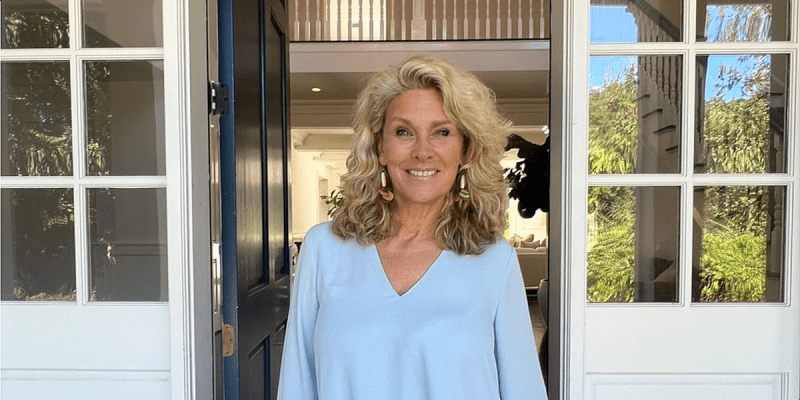By Mark Hallum
The Big Rock Wetland in the northern section of Udalls Cove is a stretch of reeds and grass at the mouth of Little Neck Bay where pollution has led to environmental change.
A restoration effort kicked off Saturday to bring back shellfish and spartina grass negatively affected by landfills and water run-off from the city. State Sen. Tony Avella (D-Bayside) with Catherine Bealin of the Douglas Manor Environmental Association and Udalls Cove Preservation Committee President Walter Mugdan led the event at Alley Pond Environmental Center, where hundreds of students from surrounding schools were exposed to the scientific process of data gathering.
Natural wetland in the region would consist of spartina grass and shellfish enjoying the shallow, muddy water and filter pollutants. According to Bealin, the shellfish no longer live in the cove and the grass has given way to phragmite, an invasive species of reed known to flourish in polluted waters and a symptom of poor water quality and decreased salinity from freshwater run-off from roadways.
“The project itself would first look at how to address the issue of why the phragmite is there to begin with instead of the spartina,” Bealin said. “The project itself will be looking at why there was replacement [of spartina with phragmite] and how we can mitigate it and get the spartina back, but it would also be looking at relandscaping the land to rehabilitate it.”
Mussels and oysters serve as an anchor for spartina, but are no longer at the site.
The current conditions at Big Rock are the result of mid-century landfills, which damaged the previously balanced environment of the six-acre site now containing about two acres of degraded tidal wetland.
About 350 students combined from PS 98 and MS 67 were the highlight of Saturday’s kick-off, Bealin said, explaining how the event presents a unique opportunity for them to learn about the methods scientists use to collect data to monitor and improve environmental conditions.
Science, technology, engineering and math education is expected to continue at the site as restoration progresses.
“As vice chair of the New York State Senate’s Environmental Conservation Committee, I am proud to see the schools in my district take a step towards stimulating youth participation in the planning, development, use, and maintenance of local parks and wetland areas,” Avella said. “Creating a curriculum to get children engaged in the environment is important for our community. I applaud DMEA’s efforts and hope they are replicated in schools across the city to foster a love of the environment in our children.”
Save the Sound, an organization which uses data to rate the water quality of inlets along the shore, has consistently given the Big Rock an “F” on its annual Long Island Sound Report Card.
“The community in general has never been proactive about caring for the shoreline,” Bealin said. “So this is our first attempt at proactively shoring it up for storms and making the water cleaner, and looking at this idea of bringing back native species.”
According to the environmental association, Avella has pledged to seek funding for the restoration.
Reach reporter Mark Hallum by e-mail at mhall


































